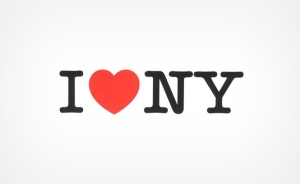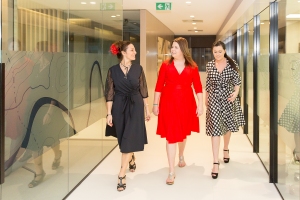Brand Audits Update x Christine Moody*
I have always been creative and right through high school and university, design has been my chosen career. As you study and practice design, there are many inspirational people. The designer who still inspires me is Milton Glaser (b.1929-)—who designed the ‘I HEART NY‘ logo. This is a great example of timeless brand identity. The logo was designed in 1977 as part of a promotional campaign for New York State and only expected to last a couple of months. The logo was so popular and it still appears on T’shirts sold across the city—even though the logo is trademarked and owned by New York State Empire State Development. Glaser’s original concept sketch and presentation boards were donated to the Museum of Modern Art, New York.
The logo was designed in 1977 as part of a promotional campaign for New York State and only expected to last a couple of months.
What makes this brand identity last so many years remain relevant today? The simplicity, the flexibility, and the meaning—no tricks or fancy typography. If you have visited New York—a city full of yellow cabs, busy sidewalks, big food, and even bigger personalities!—this logo will have a different meaning. And that’s the thing a great brand identity is what you want it to be. For me the ‘I HEART NY’ logo makes me smile because I remember all the great times I have had there!
This is what I aim to achieve in my work. Milton Glaser continues to inspire all these years later. Who was your career inspiration?
*Christine Moody is one of Australia’s leading brand strategists and the founder brand management consultancy, Brand Audits. With more than 30 years’ professional experience, Christine has helped a diverse client base of local and international brands, including Gold Coast City Council, Hilton Hotels, and Wrigleys USA, to develop, protect and achieve brand differentiation.










